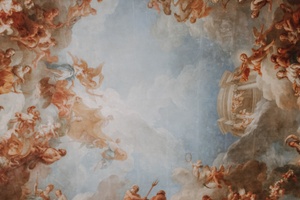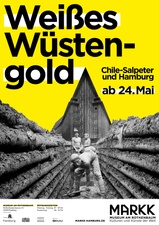Die Sammlung des Altonaer Museums
In the organizer's words:
The permanent exhibitions of the Altona Museum depict the art and cultural history of the North German region, showing, for example, graphics, paintings, textiles, toys in various contexts to each other.
The first floor of the museum is dedicated to the theme of historical shipping in Altona. The department opens up in a tour through several rooms and includes the collection areas of shipping, shipbuilding, feeder craft, fishing and fishing technology, vehicle construction and maritime decoration.
Under the name "Facets of Urban Development", Altona's urban history is shown with a focus on urban development and insights are provided into the collection holdings of the Altona Museum. In addition, selected Altona personalities are presented who exemplify important aspects of the city's history. The presentation is the first step in the development of a future permanent exhibition on the history of Hamburg's west.
The area of staged historical farmhouses and the hall of farmhouse models on the 2nd floor of the Altona Museum are among the oldest sections in the museum's permanent exhibition.
The Children's Book House in the Altona Museum is one of the few places in Germany where original illustrations from books for children and young adults can be seen. The works of renowned illustrators are presented in changing, diverse exhibitions in the rooms of the Children's Book House.
The top floor of the Altona Museum belongs to the wunderkammer, an exhibition for children of reading age and older. It invites children to play, to collect and to marvel. There is plenty of space for painting, writing and experimenting, and also a corner for reading.
In the exhibition "Trickkiste und Wolkentheater" (Trick Box and Cloud Theater ), the Altona Museum presents contemporary animation and cartoons from Altona and Hamburg - including well-known characters such as "Werner" and "Wisch & Mop". Original animated films and puppet ensembles of Hamburg artists show a broad spectrum of this special film technique.
In addition to the preserved church and cemetery, the "Dufke Shop" in the Altona Museum is the only relic of the former village community of Altenwerder. In the Altona Museum, the "mixed country goods shop" is exhibited in the immediate vicinity of the historic farmhouse parlors and gives museum visitors an insight into the supply of goods to the rural population. The presentation depicts the condition of the store in the year it closed for business in 1978.
The Lauenburg Raths Pharmacy has been in the Altona Museum since 1997 as a result of a generous donation.
The Altona Museum owns 17 North German farmhouse parlors. They form a unique ensemble that offers an insight into the rural living culture of the 18th and 19th centuries.
The historic columned hall in the entrance area of the Altona Museum is the admission-free "living room of the museum" and a special place for actors from the district. As an attractive welcome and recreation area for lounging, playing and reading, the hall presents thematically exemplary highlights from the museum's diverse cultural-historical collection and also provides an area for smaller exhibitions, which are primarily created by and with communities and associations from Altona.
This content has been machine translated.













